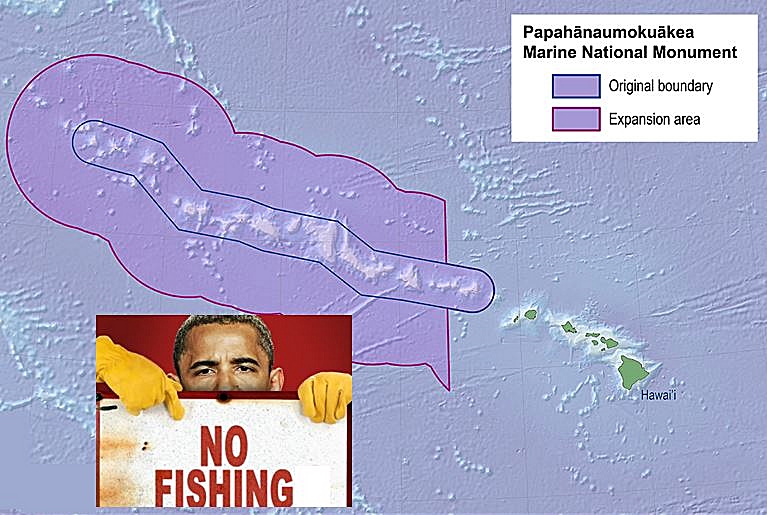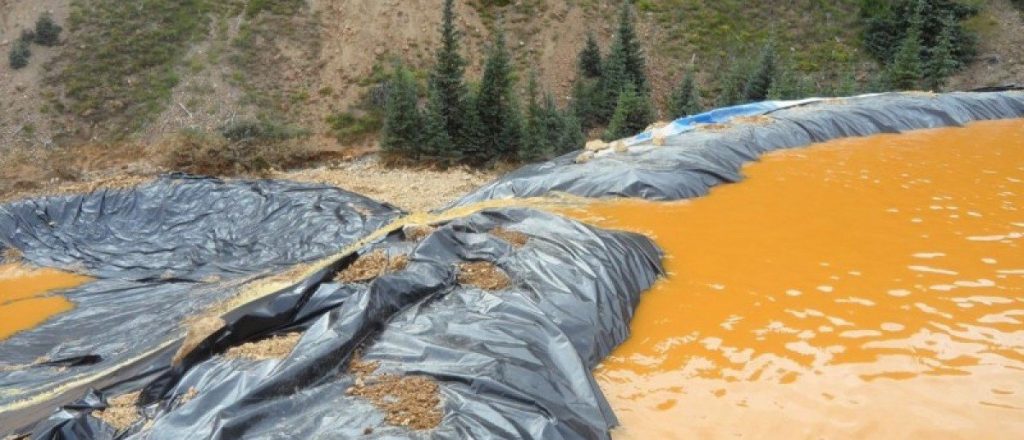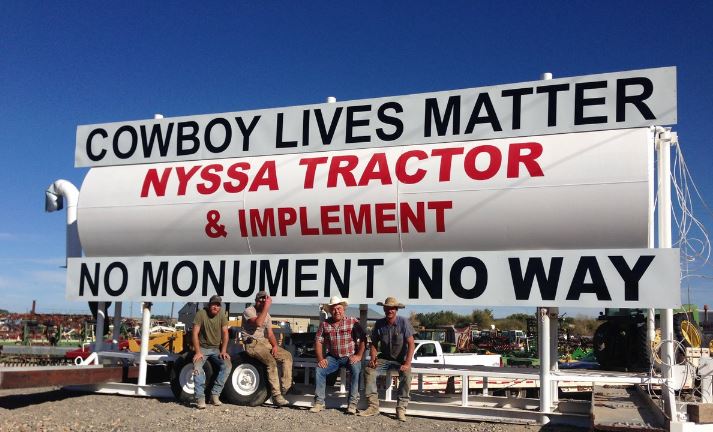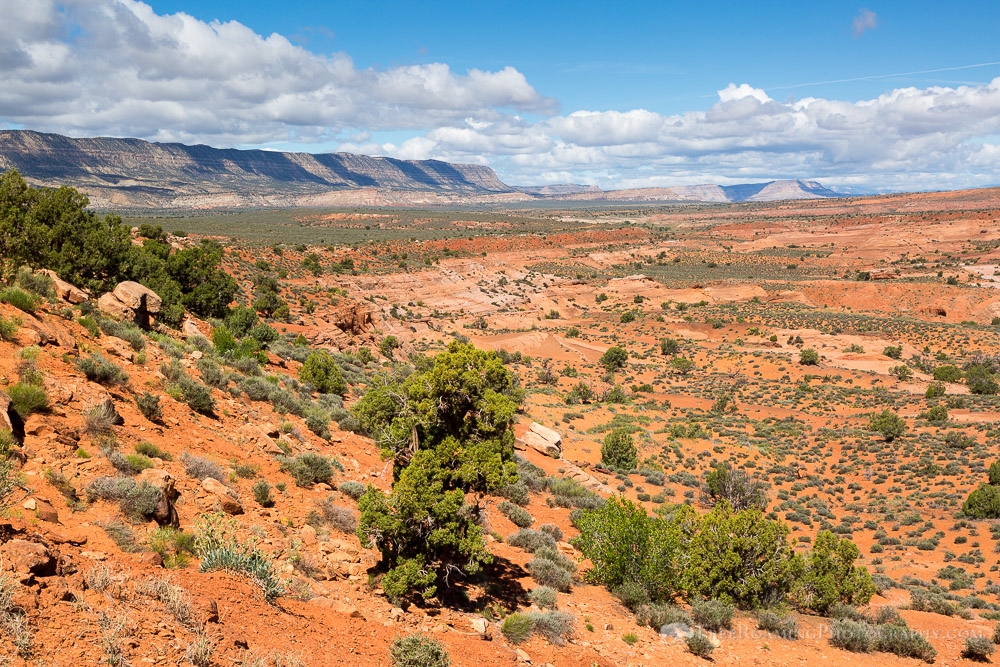With the political clout of globalist corporations and radical green groups behind such abusive land grab proposals, recent administrations–Clinton and Obama in particular–have used the Antiquities Act to turn multiple-use lands into vast outdoor museums.
by Marjorie Haun
Inspired to a great degree by Utah’s boiling national monument controversies, the House Committee on Natural Resources has taken the first step in reforming the much-abused Antiquities Act. On October 11, the Committee passed H.R. 3990, the “National Monument Creation and Protection Act,” which reworks the process for identifying, planning and designating potential national monuments, putting specific limitations on the size of new monuments, and requiring the robust participation and approval of local stake holders in their potential outcome.
The National Monument Creation and Protection Act (CAP Act), sponsored by Utah Representative Rob Bishop–who is also Chairman of the Natural Resources Committee–would restore national monument designations to the original intent of the Antiquities Act by giving specific guidance to supervisory federal agencies; the Secretary of Interior, and by prohibiting the creation of ‘marine’ national monuments, such as those declared by the Bush and Obama Administrations.
One glaring problem with recent abuses of the Antiquities Act has been the unspoken goal of paving the way for potential future national parks using the executive power allowed under the current application of the Antiquities Act. Despite the fact that national parks and national monuments are supposed to serve vastly different purposes, most new national parks were formerly national monuments. With one-step executive designations in place, and the management agencies (NPS, BLM) already wielding power over such new monuments, Congress has been much more willing to approve highly restricted national parks where such federal restrictions already exist. Although the CAP Act does not require Congressional oversight for future Antiquities Act designations, the required participation of state delegations will ensure that Senators and Representatives are more engaged in those processes involving lands and resources which impact their constituencies.
The Congressional Western Caucus (CWC), a coalition of lawmakers from Western states where state lands are primarily under federal management, is throwing support behind the Bishop bill, and in a published analysis, their justifications are laid out:
According to the nonpartisan Congressional Research Service (CRS), “The Antiquities Act of 1906 (54 U.S.C. §§320301-320303) authorizes the President to proclaim national monuments on federal lands that contain ‘historic landmarks, historic and prehistoric structures, and other objects of historic or scientific interest.’” Under the statutory language of the Act, the President is authorized to reserve ‘the smallest area compatible with the proper care and management of the objects to be protected.’”
Unfortunately, misuse of this outdated 1906 Act has jeopardized the daily activities, livelihoods and traditions of local communities. In numerous instances, grazing rights, water rights, energy development, wildfire prevention and other land management activities have been negatively impacted. Massive declarations have also resulted in restrictive land-use regulations that have limited hunting, fishing, OHV use and other recreational activities.
Compared to early applications of the Antiquities Act – in which the average size of a national monument was 422 acres – it became commonplace for the previous administration to designate monuments that exceeded one million acres in size. In totality, the previous administration designated or expanded 34 national monuments and locked-up more than 550 million acres of total land and water. Regardless of political affiliation, presidents on either side of the aisle should not have the power to create massive new national monuments by executive fiat without local public input.
The House Committee on Natural Resources reports that previous presidents have used their authority under the Antiquities act 233 times to lock-up 840.4 million acres. CRS reports that the rest of the federal estate includes roughly 640 million acres (This figure “generally excludes lands in marine refuges and national monuments”). The U.S. Department of Agriculture reports that “U.S. land area covers nearly 2.3 billion acres.” Per these figures, the federal government controls more than 64% of the land in this country. Further, many Western communities face severe economic hardships due to the fact that over 90% of all federal land is located in the West.
In Arizona, less than 18 percent of land is privately held and taxable by state and local governments. In fact, there are counties in Chairman Gosar’s district where less than 10% of the county is privately-owned and there are significant challenges to fund basic services like education and transportation. In Garfield County, Utah, 96.7% of the acreage is federal and state land. The county is so strapped for revenues that it has one music teacher for the entire county who travels 200 miles every day.
In 1906 President Roosevelt signed the Antiquities Act into law as an expeditious means for the Executive to protect ‘historically’ and ‘culturally’ significant sites, such as ancient antiquities, battle grounds, cemeteries, and small areas containing scientifically-significant geological features. Since the environmentalist movement began to morph federal land management from a ‘cultivate’ to a ‘hand’s off’ ethos, vast regions of resource-rich, yet beautiful lands (and waters) have been identified as potential national monuments. With the political clout of globalist corporations and radical green groups behind such abusive land grab proposals, recent administrations–Clinton and Obama in particular–have used the Antiquities Act to turn multiple-use lands into vast outdoor museums/recreation areas.
HR 3990 addresses these economically-damaging abuses directly and aims to restore transparency and expand the public role in national monument designations. In a nutshell, the CAP Act will prevent future abuses of the Antiquities Act by:
•Prohibiting the creation of ‘Marine’ national monuments
•Empowering Local and State stakeholders by requiring the approval of county commissioners, state legislators and governors for the creation of monuments between 10,000 and 85,000 acres in size
•Requiring written consent of state and private landowners whose lands may be included in a national monument
•Limiting presidential power to reduce national monuments, and requiring monument reductions of more than 85,000 acres in size to be approved by impacted counties, state legislatures and governors, and requiring the completion of a National Environmental Policy Act (NEPA) review
•Requiring a NEPA review of all new monument designations between 640 acres and 10,000, and Environmental Impact Statement (EIS) reviews for those designations between 5,000 and 10,000 acres
•Retaining Executive authority to protect imminently threatened archeological artifacts within an area of 640 acres or less, per the original intent of the Antiquities Act
•Preserving Executive emergency authority to protect threatened resources, allowing the president to designate an ’emergency national monument’ for up to one year to protect an area of an indefinite size
Progressive green groups and globalist corporations (REI, Pagatonia) which have been behind massive PR campaigns supporting executive fiat in creating national monuments, will almost certainly oppose any reforms to the Antiquities Act. But the CAP Act serves to bring balance to the process by both limiting new monuments, and protecting those which have already been established from unilateral presidential revisions. More importantly, the CAP Act magnifies the voices of local people who live within the regions of proposed national monuments, and who must deal with the negative impact of expansive federal restrictions that come with such designations. To those in Western states whose jobs have been lost, economic opportunities dashed, and families dislocated by previous monument designations, the CAP Act may bring welcome relief.
[paypal_donation_button]
Free Range Report
[wp_ad_camp_3]
[wp_ad_camp_2]




The NV Congressional Delegation (Harry Reid’s aftermath) is the only State in this nation that supports all past & future fed land locks. https://westerncaucus.house.gov/news/documentsingle.aspx?DocumentID=1232